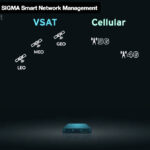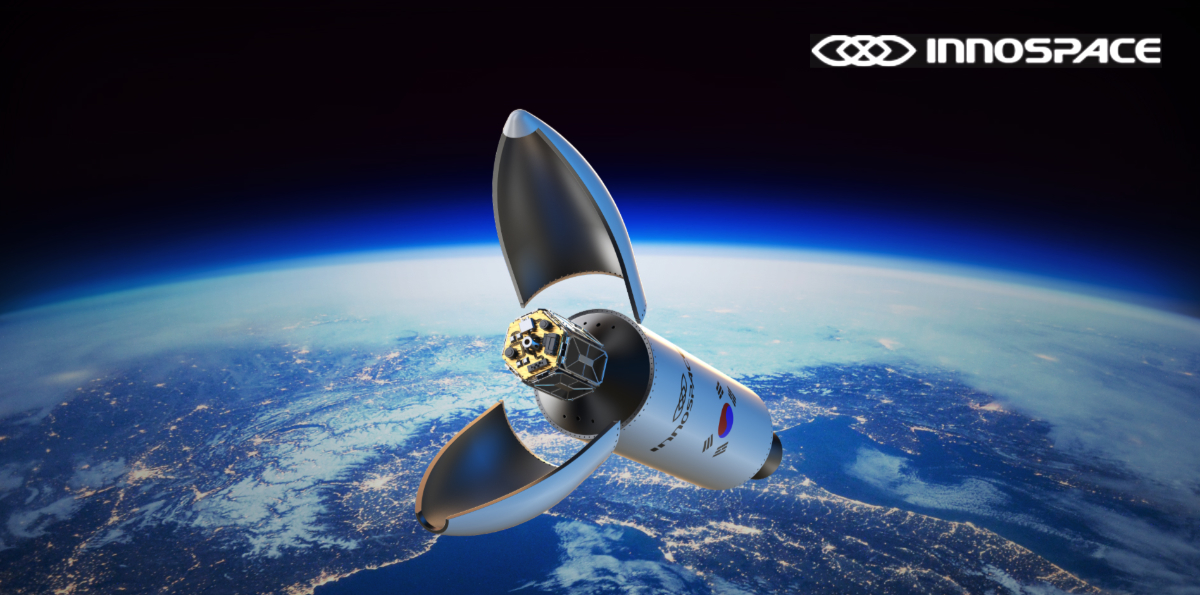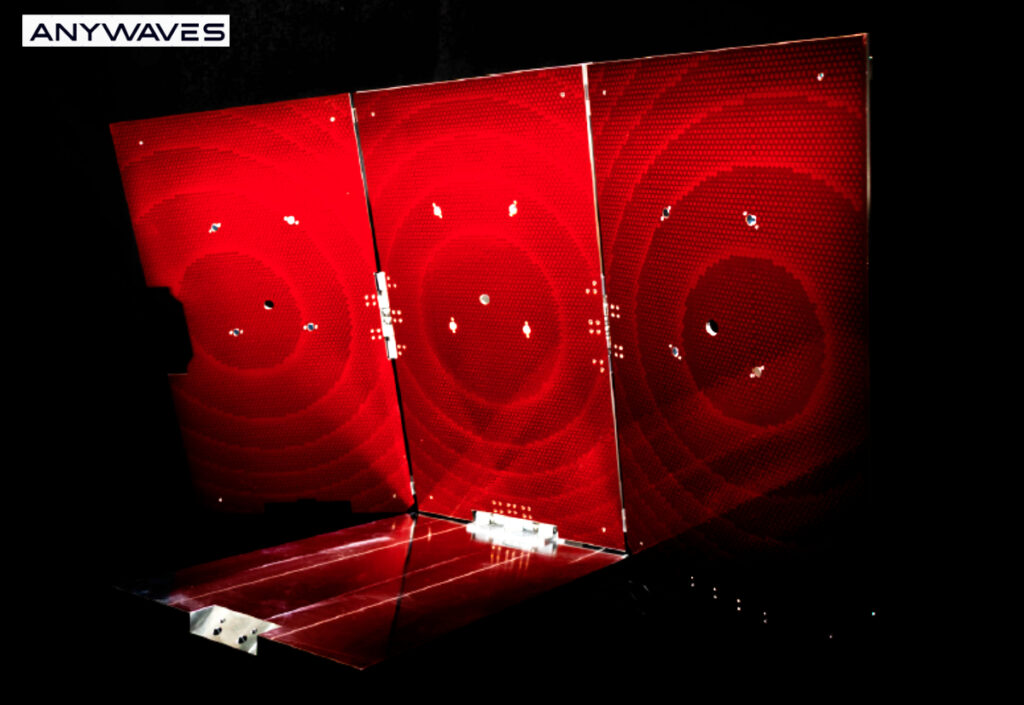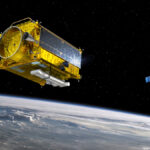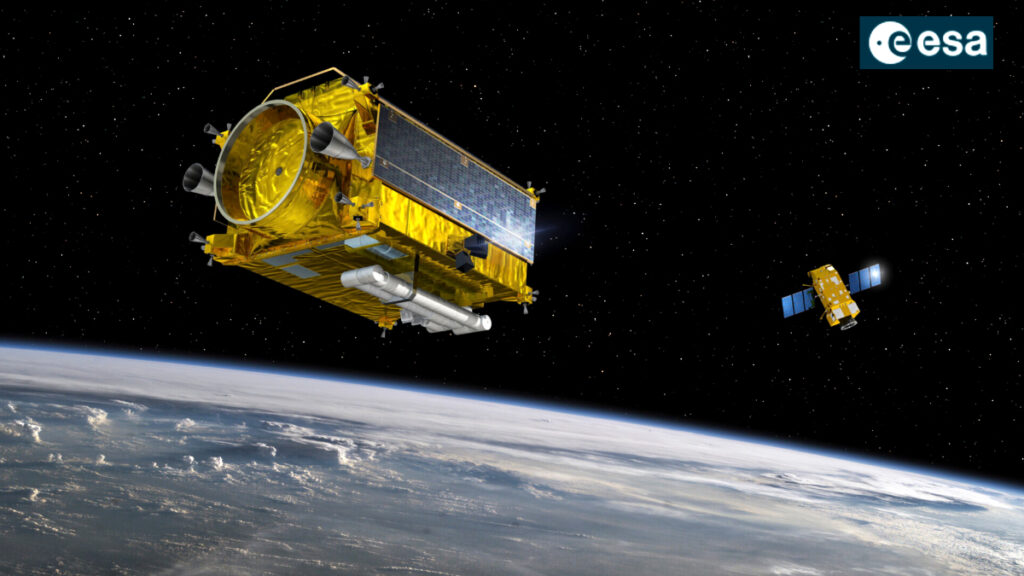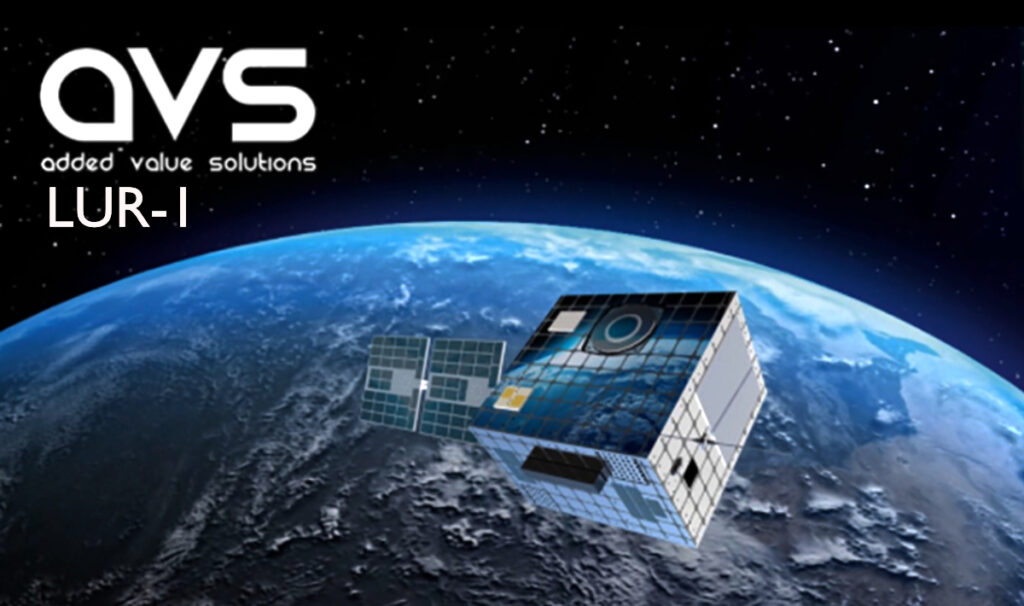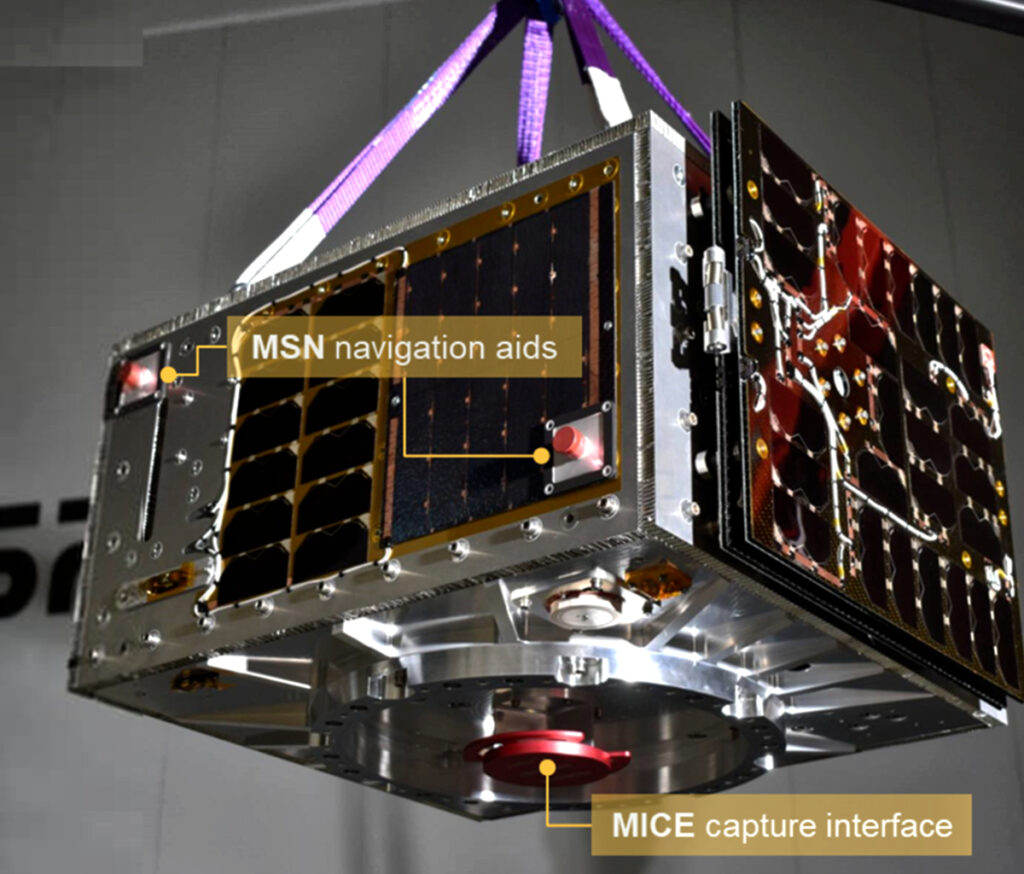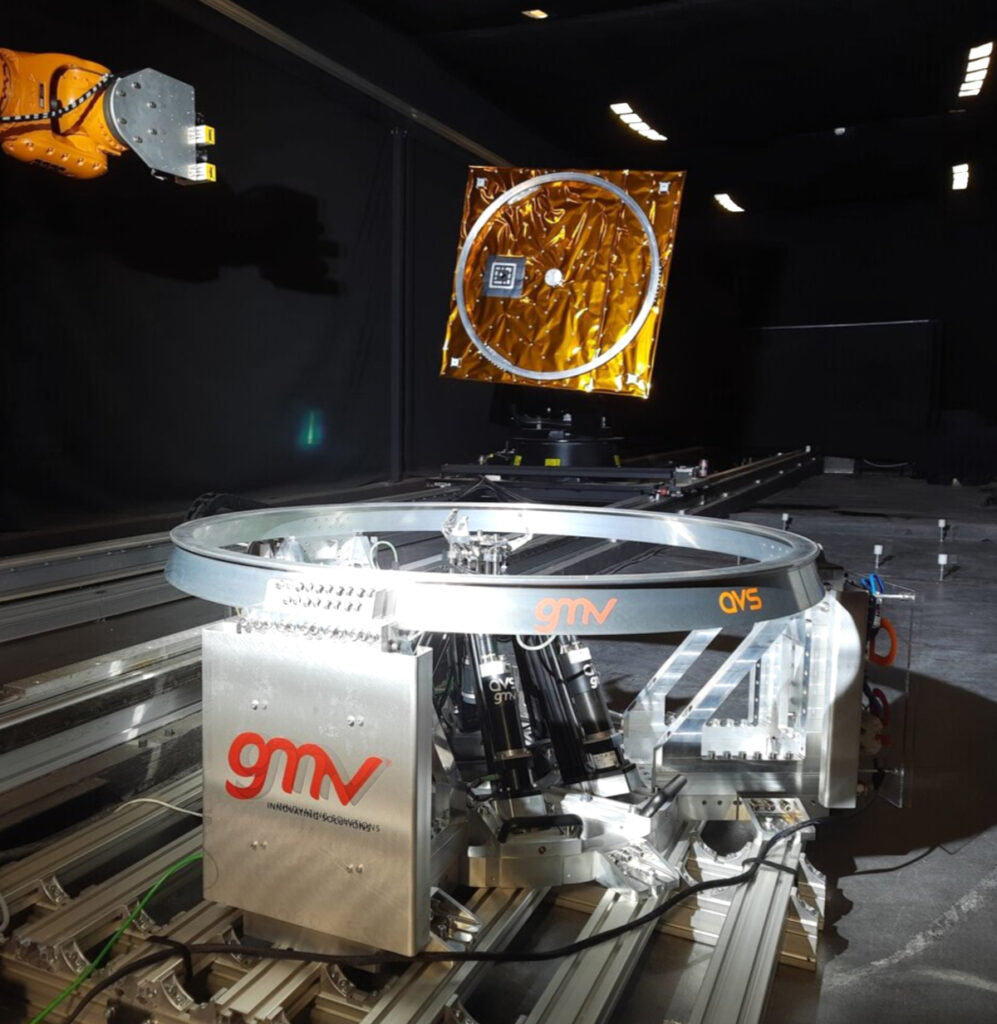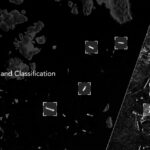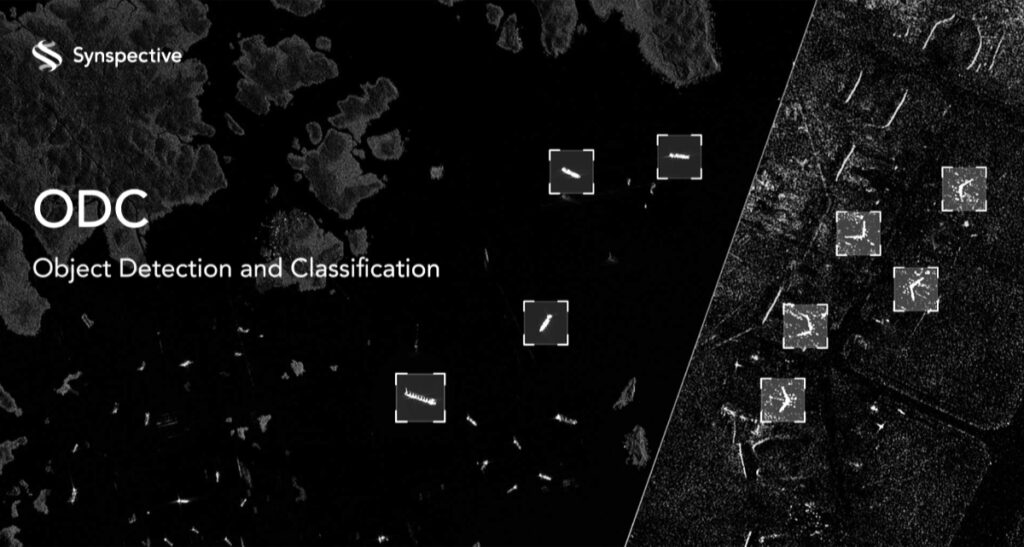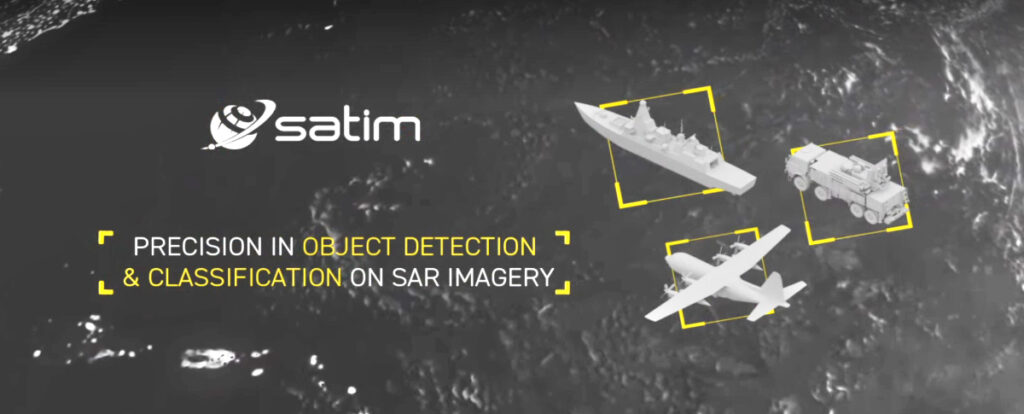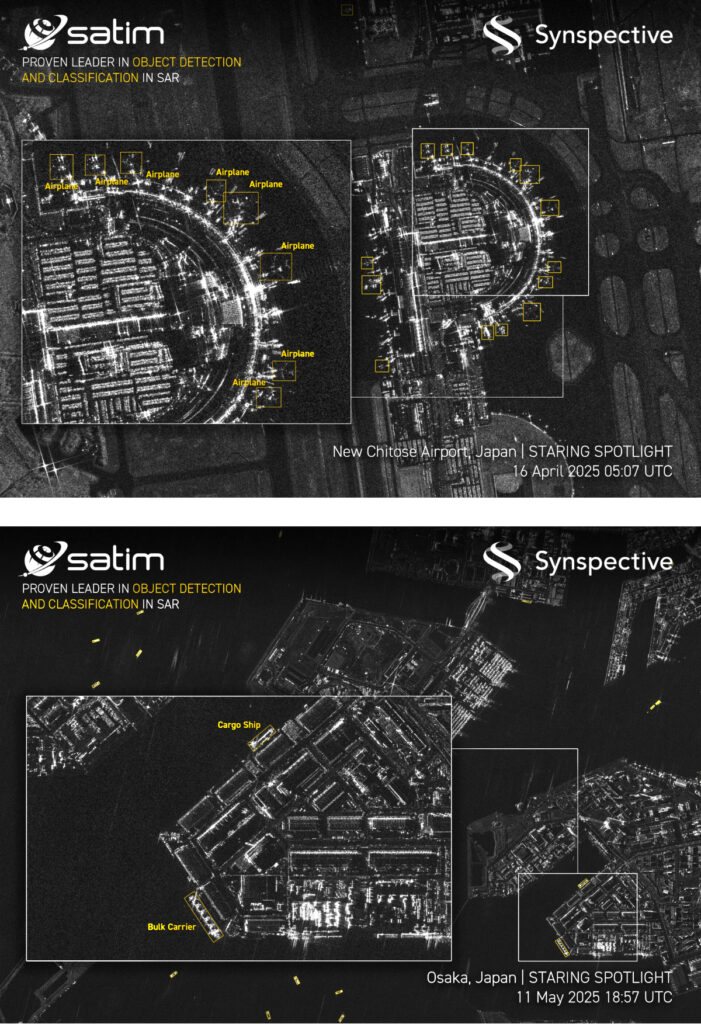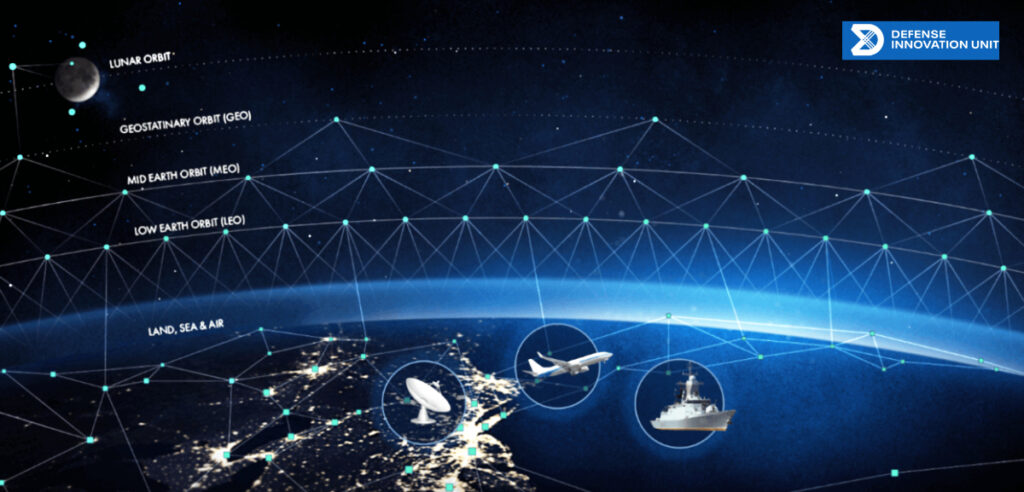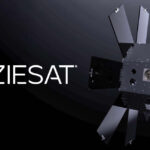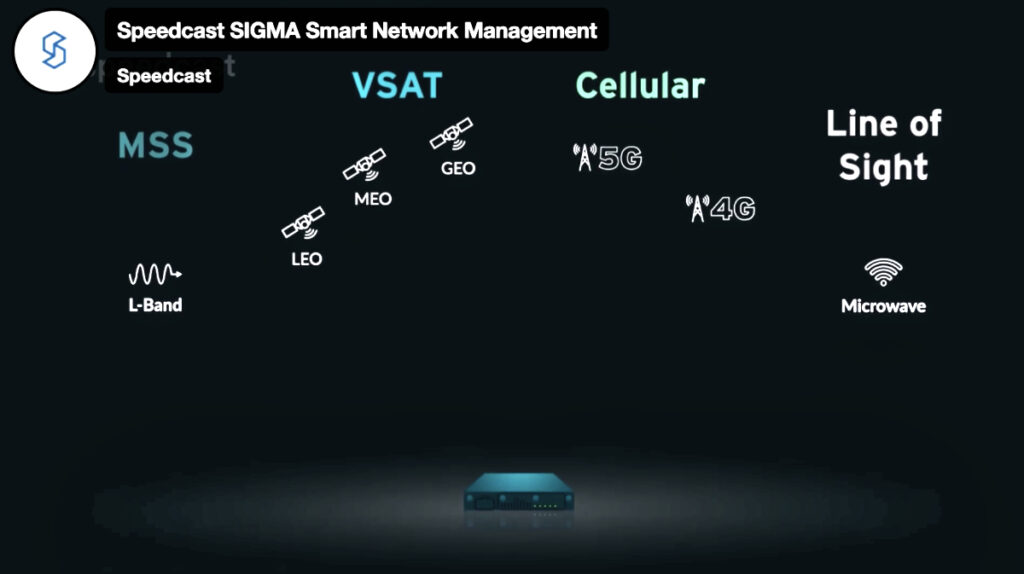
Speedcast has revealed the latest-generation of the company’s SIGMA intelligent edge network management solution.
intelligent edge network management solution.
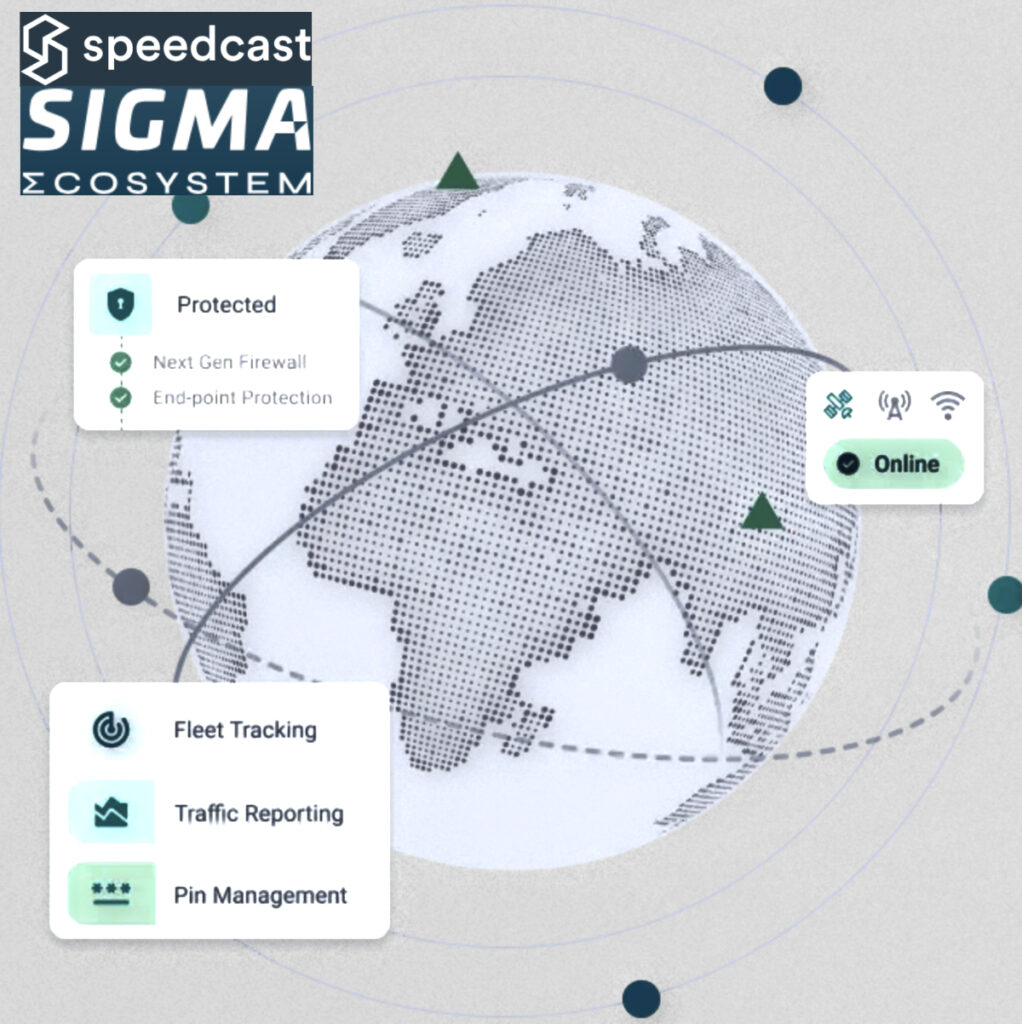
The recent enhancements include a new architecture, evolving the SIGMA platform to address the modern-day challenges of visibility, control, compliance, and security required to manage distributed edge environments. The new base operating system and cloud-native orchestration platform are tailored for virtualized deployments and updates and policy-driven configuration throughout the entire lifecycle, aimed at addressing a critical need to automate at scale and enable streamlined, seamless rollouts to tens of thousands of edge devices.
As the leading, global, tier-one reseller of Starlink, along with being a Eutelsat OneWeb distribution partner, Speedcast sees growing demand to integrate LEO service offerings with its SIGMA platform, providing a fully managed and future-proof solution for remote connectivity. SIGMA supports a wide array of services, including Starlink, OneWeb, and other emerging constellations, alongside traditional connectivity options, and operationalizes multi-vendor enterprise SD-WAN and a range of other industry applications through highly flexible and automated edge deployment and marketplace.
The latest SIGMA release enhances remote site visibility and control with smaller routing functions, expands hardware diversity while reducing costs, and drives greater automation for deployment and updates, which is essential for managing the growth of edge devices. SIGMA brings together secure network connectivity, advanced firewall protection and strong hardware-based security, such as measured boot to ensure systems start safely, Zero Trust role-based access controls to ensure only authorized users can make changes, data encryption, and even disabling unused physical ports on devices, helping to prevent tampering or unauthorized access.
The enhanced SIGMA platform also offers a key building block to addressing the International Association of Classification Societies’ (IACS) latest Unified Requirements intended to ensure that new ships are constructed with cybersecurity considerations from the outset. The new IACS E26 and E27 requirements focus on the entirety of the vessel and the computer based systems onboard in terms of how those systems should be protected. SIGMA’s SASE cloud-native technology provides added network security and ensures the new design, configuration, deployment and lifecycle of applications meets these more challenging new standards for fleet owners and operators.
Earlier this year, Speedcast announced a patent grant by the U.S. Patent and Trademark Office for technologies that the company has developed to overlay on the SIGMA platform. Speedcast’s intellectual property software will enable the company to deliver an intelligent network solution through a combination of proprietary algorithms, machine learning and automated analysis that dramatically improves the connectivity experience for customers.
Speedcast will debut the enhanced, next-generation SIGMA platform at upcoming industry trade show events.

